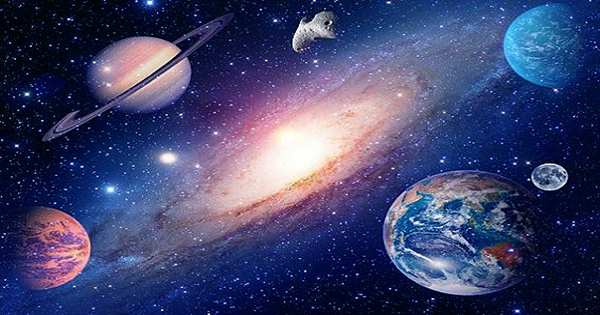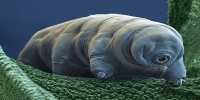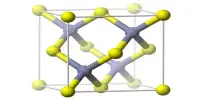New research published in nature still clearly indicates that the difference is found in the lightest particle of all: neutrinos. There are so many things in life that are hard to explain. One of them is why the universe is made of matter instead of antimatter, electrically charged matter with the same mass contrast. There must be a fundamental difference between matter and antimatter to explain what we see in the universe, but we have not yet been able to express it.
A neutrino is an electrically charged elementary particle and one of the most abundant particles in the universe. They rarely interact with anything. Every second, about 100 trillion neutrinos enter your body without any care in the world. Neutrinos have three types or flavors, each with the same antineutrino. However, neutrinos are not of their kind but are of one kind to another instead of “oscillate“.And the T2K (Tokai-to-Kamioka) collaboration has proven that neutrinos oscillate better in taste than antineutrinos. This may be the key to our understanding of why the universe was created by matter rather than antimatter.
The searches rejected symmetry between neutrinos and antinutrinos with 99.7 percent confidence levels. It is high but it is not the gold standard expected in particle physics, which means it is an exciting indication but not sure.
Dr Laura Kormos, senior lecturer in Physics at Lancaster University, head of Lancaster’s neutrino physics group, and researcher at T2K, said in a statement, “Our data have continued to suggest that nature prefers the highest degree of almost imperfection for this process. Like Mother Nature, this seemingly insignificant, hard to study, the tiny particle must be the driver for the existence of the universe.”
Serious differences are technically known as charge-parity (CP) violations. For quarks, the particles that makeup protons and neutrons have been known since 1964, but it is not enough to explain why the quark CP violation is like the universe. If the CP violation is confirmed for neutrinos, it may eventually explain the mystery. This collaboration will continue to collect data and refine observations to better work out better ways to run these observations to better narrow the differences between neutrinos and antineutrinos.
Dr Helen O’Keeffe, senior lecturer in Physics at Lancaster University and researcher at T2K added, “This result will help in the development of the future stage of TK and the next generation of tests. It is a very exciting result from many years of work.”















